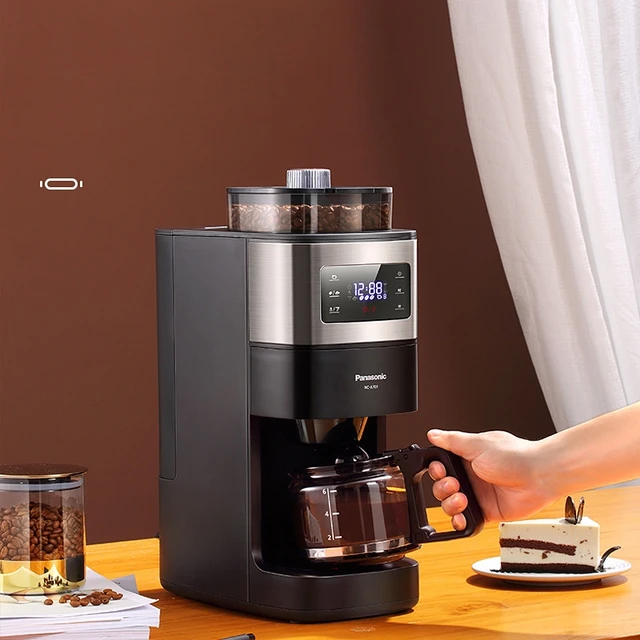
Introduction
Discovering that your Keurig coffee machine has stopped working can be frustrating, especially when you rely on it for your daily coffee routine. However, before panicking or considering replacing your beloved appliance, it’s worth exploring some troubleshooting steps to diagnose and potentially fix the issue. In this comprehensive guide, we will provide a step-by-step process to identify common problems with non-functioning Keurig machines, offer solutions to resolve these issues, and share tips for regular maintenance to prevent future problems. Get ready to restore your Keurig to its former glory, as we address the most common causes of malfunction and guide you towards a possible resolution.
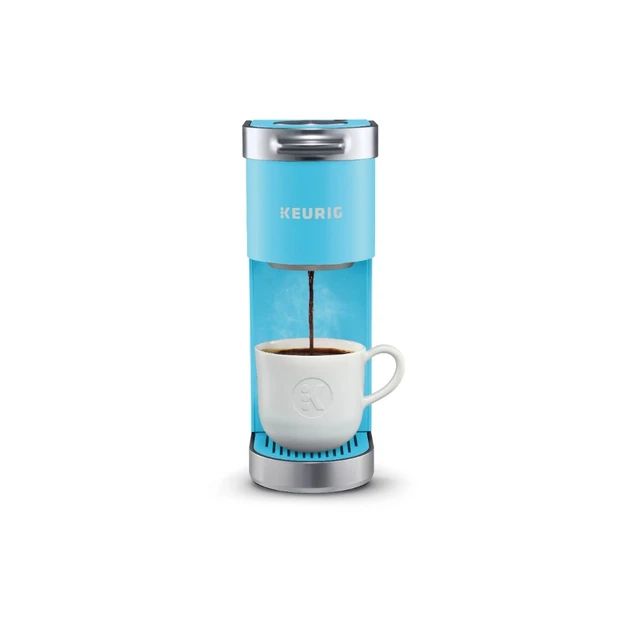
Troubleshooting Guide: Restoring Your Non-functioning Keurig
I. Power Related Issues
Identify and address power related issues that may be causing your Keurig to stop working:
-
Check the Power Source:
- Confirm that your Keurig is properly plugged into a functioning electrical outlet. Ensure the outlet itself is working by testing it with another device or appliance.
-
Reset the Keurig:
- If there is power but your Keurig is not responding, try resetting the machine. Unplug it from the power source, wait for a few seconds, and then plug it back in. Press the power button to see if it turns on.
-
Inspect the Power Cord:
- Examine the power cord for any visible damage, such as fraying or cuts. If you notice any damage, it’s essential to replace the power cord to avoid potential electrical hazards.
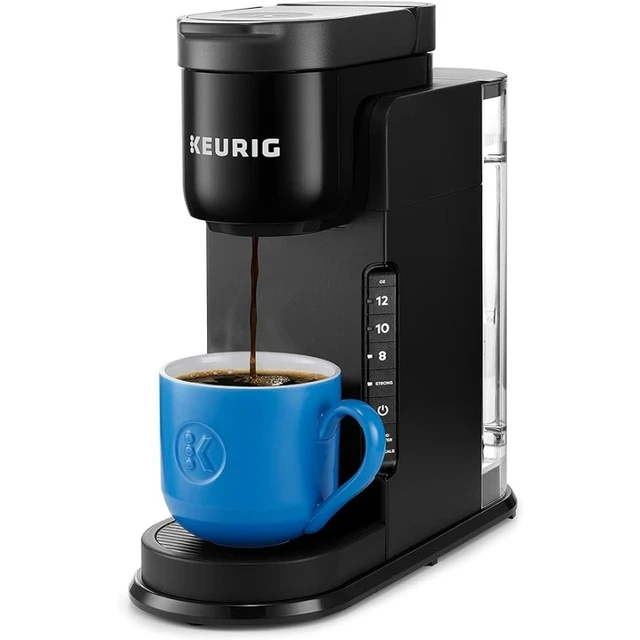
II. Water Flow Problems
Identify and troubleshoot issues related to water flow:
-
Clear Blockages:
- Check for any clogs or blockages in the water lines of your Keurig. Inspect the water reservoir for debris, and remove and clean the water filter, if applicable. Using a paperclip or a straightened paperclip end, carefully unclog the needle that pierces the K-Cup or the entrance to the water reservoir.
-
Descale the Keurig:
- Mineral deposits can accumulate in the water lines, causing blockages and decreased water flow. Follow the manufacturer’s instructions to descale your Keurig using a descaling solution or vinegar. This process helps remove mineral buildup and improves water flow.
-
Proper Water Reservoir Placement:
- Ensure the water reservoir is correctly positioned and fully inserted into the machine. Improper placement may prevent the water from flowing into the internal components, resulting in a non-functioning Keurig.
III. Brewing Issues
Address issues related to brewing, which may prevent your Keurig from working:
-
Check the K-Cup Holder:
- Ensure the K-Cup holder is properly aligned and securely installed in the machine. If it is misaligned or loose, the Keurig may not puncture the K-Cup properly and fail to brew.
-
Brew Setting and Sizes:
- Confirm that you have selected the appropriate brew setting and cup size for your desired coffee strength and quantity. Incorrect settings may result in a non-functioning or incomplete brew.
-
Maintenance Reminder:
- Keurig machines often have maintenance reminder indicators that alert you when it’s time to clean or descale the appliance. If this indicator is active, it can affect the brewing process. Clean or descale the machine according to the manufacturer’s instructions to resolve the issue.
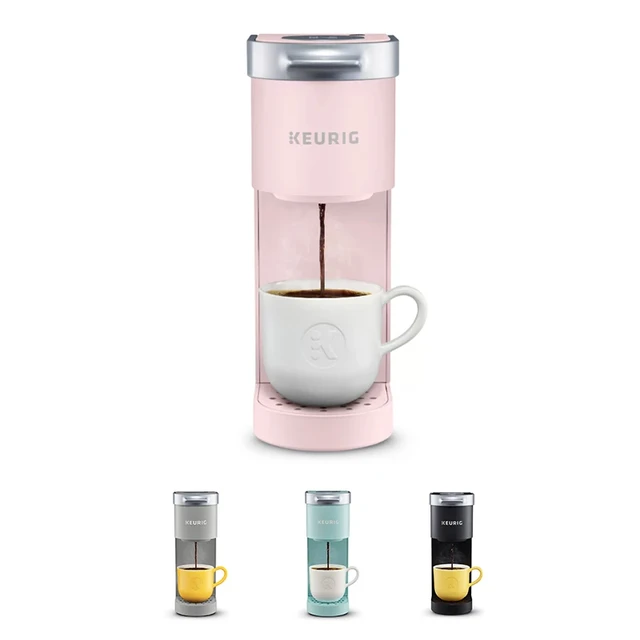
IV. Troubleshooting Sensor Errors
Identify and resolve sensor errors that can cause your Keurig to malfunction:
-
Check the Water Level Sensor:
- The water level sensor inside the Keurig may not be functioning correctly. Disconnect the machine from the power source and turn it upside down to drain any excess water. Allow it to dry completely before testing it again.
-
Sensor Cleaning:
- Dust or debris can accumulate on the sensors, affecting their accuracy and causing the Keurig to stop working. Use a clean, dry cloth or a soft brush to gently clean the sensors, ensuring there is no obstructing material.
V. Regular Maintenance Tips
Follow these maintenance tips to prevent future Keurig problems:
-
Regular Descaling:
- Descale your Keurig at least every three to six months, or as recommended by the manufacturer, to prevent mineral buildup that can clog the internal components.
-
Cleaning Internal Components:
- Regularly clean the K-Cup holder, the entrance needle, and the drip tray to maintain optimum brewing performance. Rinse these parts in warm, soapy water and let them dry thoroughly before reassembling.
-
Use Filtered Water:
- Consider using filtered water for brewing in your Keurig to minimize mineral deposits and prevent clogging of water lines.
-
Storage and Transportation:
- When storing or transporting your Keurig, ensure it is completely empty of water and secure all detachable parts. This helps prevent damage and potential issues during storage or transportation.
VI. Contacting Keurig Support
If you have followed all the troubleshooting steps and your Keurig is still not working, it may be necessary to seek assistance from the Keurig customer support team. They can offer personalized guidance, provide warranty information, and offer potential solutions or repairs to address the issue with your machine.
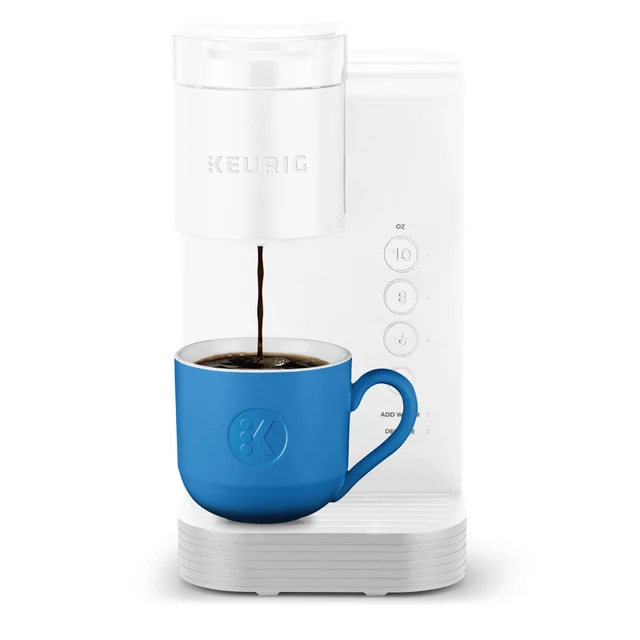
VIII. Safety Precautions
While troubleshooting and attempting to fix your non-functioning Keurig, it’s essential to keep safety in mind:
-
Unplug the Machine:
- Before inspecting or performing any maintenance on your Keurig, always unplug it from the power source to minimize the risk of electrical shocks or accidents.
-
Avoid Forceful Actions:
- Be gentle when attempting to fix any components or remove blockages. Applying excessive force may cause damage to the machine or result in personal injury.
-
Be Mindful of Hot Surfaces:
- Certain parts of the Keurig, such as the brewer or coffee dispense, can become hot during operation. Use caution when handling these surfaces to avoid burns or scalds.
-
Follow Manufacturer’s Instructions:
- Always consult the Keurig user manual for specific instructions on troubleshooting and maintenance. Abiding by the manufacturer’s guidelines ensures safe handling and helps prevent any unintended damage.
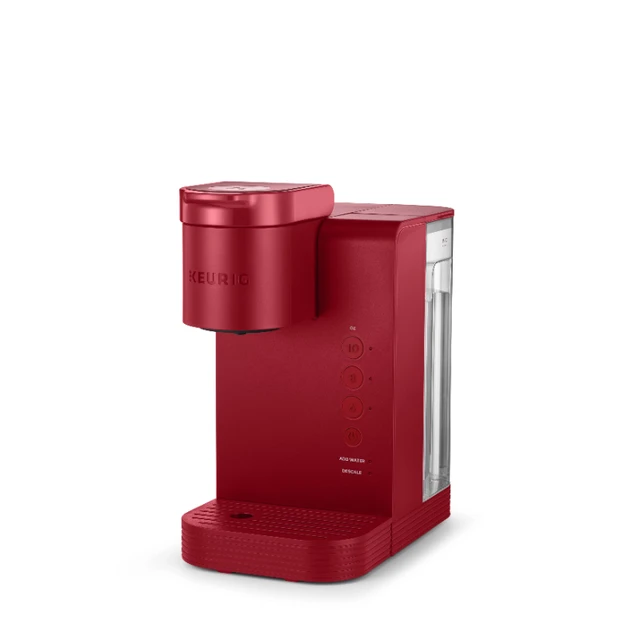
VII. Conclusion: Restoring Your Keurig’s Functionality
Discovering that your Keurig has stopped working can be an inconvenience, but with a systematic troubleshooting approach, you can often resolve the issue and restore functionality. By examining power-related issues, addressing water flow problems, troubleshooting brewing issues, and resolving sensor errors, you can improve the chances of resolving the problem on your own.
Regular maintenance, including descaling, cleaning, and using filtered water, can prevent future problems and prolong the lifespan of your Keurig. If all else fails, reach out to the Keurig support team for assistance. With perseverance and these troubleshooting steps, you’ll soon be back to enjoying your favorite cup of coffee brewed by your trusty Keurig machine.